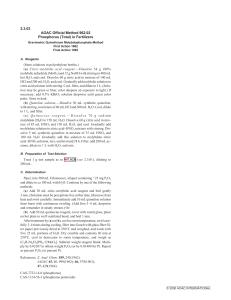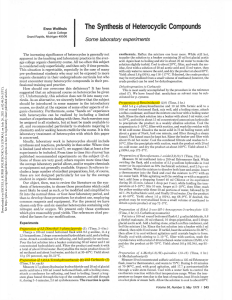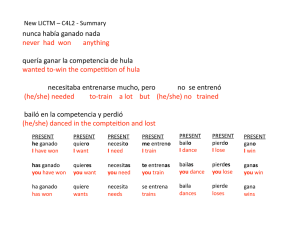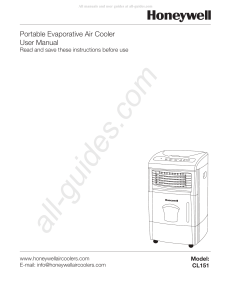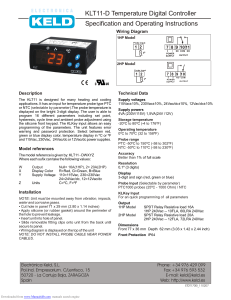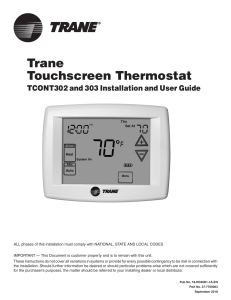The Panel was correct in finding that the COOL measure is
Anuncio
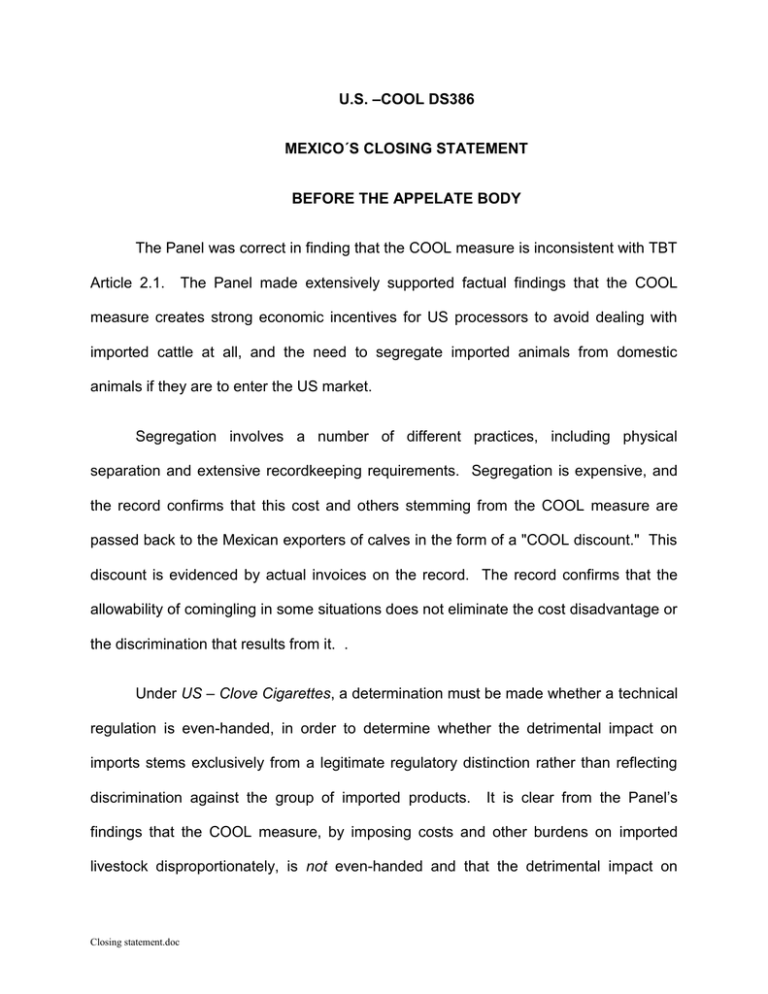
U.S. –COOL DS386 MEXICO´S CLOSING STATEMENT BEFORE THE APPELATE BODY The Panel was correct in finding that the COOL measure is inconsistent with TBT Article 2.1. The Panel made extensively supported factual findings that the COOL measure creates strong economic incentives for US processors to avoid dealing with imported cattle at all, and the need to segregate imported animals from domestic animals if they are to enter the US market. Segregation involves a number of different practices, including physical separation and extensive recordkeeping requirements. Segregation is expensive, and the record confirms that this cost and others stemming from the COOL measure are passed back to the Mexican exporters of calves in the form of a "COOL discount." This discount is evidenced by actual invoices on the record. The record confirms that the allowability of comingling in some situations does not eliminate the cost disadvantage or the discrimination that results from it. . Under US – Clove Cigarettes, a determination must be made whether a technical regulation is even-handed, in order to determine whether the detrimental impact on imports stems exclusively from a legitimate regulatory distinction rather than reflecting discrimination against the group of imported products. It is clear from the Panel’s findings that the COOL measure, by imposing costs and other burdens on imported livestock disproportionately, is not even-handed and that the detrimental impact on Closing statement.doc imports does not stem “exclusively from a legitimate regulatory distinctionThe COOL measure de facto discriminates against imports of cattle from Mexico in violation of Article 2.1. The Panel also correctly found that the COOL measure is inconsistent with TBT Article 2.2. The US mandatory COOL regime is a failed measure. It is a failure because, as the Panel correctly found, instead of providing consumers with clear and accurate information, it provides inaccurate and confusing information. The COOL measure is marked by arbitrary gaps in both product coverage and covered establishments. Many types of food are not covered, and neither are restaurants - not even the large chains - or butcher shops that specialize in the sale of meat products. The measure does not even cover all the parts of the cattle that are processed into food products. The US claims that its COOL measure reflects a careful balance between providing consumer information and the costs of doing so. But there is no such balance: the consumer information is confusing and inaccurate, while the costs fall only on imports. This afternoon the US confirmed the failure of COOL to provide clear and accurate information when it defended the value of Label B. If a measure fails to fulfill its objective - as is the case with the COOL measure - it should not be necessary for the other parties or the Appellate Body to come up with alternatives. It should not be Closing statement.doc necessary to tell the defendant how to re-design a failed measure. It is not the same situation as the obligation to offer a less trade restrictive alternative to a measure that works but is unduly trade restrictive. México ha sido desde hace mucho tiempo parte de la cadena de producción de carne de res en los Estados Unidos aportando becerros recién destetados y comprando poco más de 500,000 toneladas de carne estadounidense. COOL modificó las reglas del mercado. Debido a COOL, ahora existe un desincentivo para adquirir ganado nacido en México, además de que se ha reducido el valor del ganado nacido en México debido al descuento que se aplica a cada becerro mexicano que cruza a frontera. Lo anterior ocasionado por los costos ocasionados por la medida de COOL. Por otra parte, en nuestra opinión, a medida de COOL es en realidad proteccionista, no es necesaria ni cumple con su supuesto objetivo. Closing statement.doc
